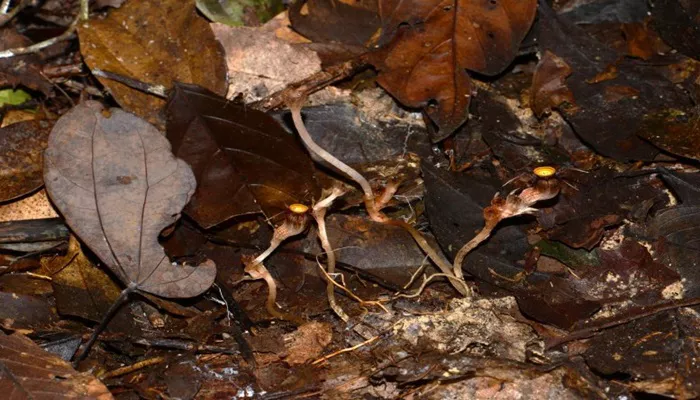Discovery of Thismia malayana Highlights Unique Survival Strategy and Conservation Needs.
Scientists have recently identified a remarkable new plant species called Thismia malayana in the rainforests of Malaysia. This plant survives by parasitizing fungi, relying on them for essential nutrients. The findings were published in the open-access journal PhytoKeys by researchers from the Forest Research Institute Malaysia (FRIM) alongside local naturalists and stakeholders.
Unique Survival Strategy
Thismia malayana, discovered in the tropical rainforests of Peninsular Malaysia, belongs to a special group of plants called mycoheterotrophs. Unlike most plants, these mycoheterotrophs do not photosynthesize. Instead, they act as parasites, extracting carbon and other resources from the fungi associated with their roots. This strategy allows them to benefit from mycorrhizal symbiosis, where fungi and plants typically have a mutually beneficial relationship.
Habitat and Pollination
Thismia malayana thrives in the low-light environments of dense forest understories. It is pollinated by small insects, such as fungus gnats. The plant itself is about 2 cm long and often remains hidden in leaf litter, growing near tree roots or decaying logs. Researchers found this species in two specific locations: the Gunung Angsi Forest Reserve in Negeri Sembilan and the hilly dipterocarp forests of Gunung Benom in Pahang’s Tengku Hassanal Wildlife Reserve.
Conservation Challenges
Despite its small size, Thismia malayana is highly sensitive to changes in its environment. It has been classified as Vulnerable on the IUCN Red List, reflecting the risks it faces. Its limited distribution and the threat posed by foot traffic near hiking trails emphasize the need for ongoing conservation efforts to protect this unique plant.


